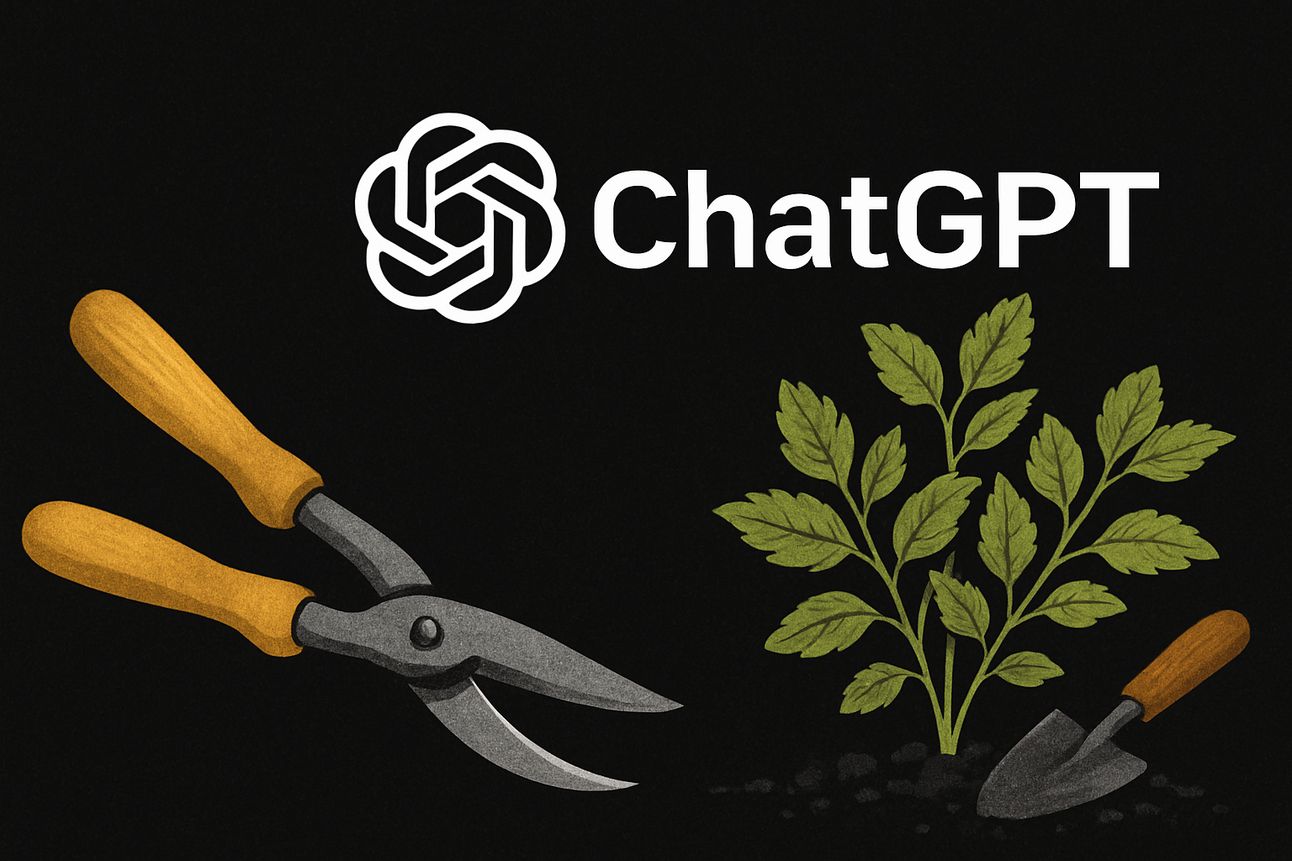- Restor-AI-tion
- Posts
- Train It Like You Mean It
Train It Like You Mean It
How to Prune and Plant Memory in Your GPT

Concept: OpenAI just gave us the ability to see and manage what GPT remembers. For contractors using AI as a thought partner or workhorse, this is a big deal. Now you can sculpt the memory intentionally — keeping only the signal, cutting the noise. Think of it like a raised-bed garden: you decide what gets sunlight.
If you’ve ever felt like your AI assistant started getting a little… mushy, you’re not wrong. Up until now, GPT remembered things quietly in the background — sometimes helpful, sometimes confusing, and sometimes just outdated.
But as of this week, OpenAI flipped the switch: you can now see exactly what your GPT remembers, and more importantly, you can decide what stays and what goes.
This might sound like a minor update. It’s not. For anyone using GPT in a work context — especially contractors, consultants, or folks building systems inside chaos — this is your moment to start training with intention.
Here’s the big idea: treat GPT memory like a workshop.
You wouldn’t leave a pile of random tools on the bench. You’d clear out the broken ones, label your favorites, and maybe even hang them in reach. Now you can do that with your AI.
What to keep?
That one-liner you use in every pitch. Your writing tone. The exact format you like for estimates or client onboarding. Maybe your core project vocabulary.
What to cut?
Old names of clients you don’t work with anymore. Early rough drafts that no longer represent your standard. Half-baked workflows you’ve since replaced.
Think of it like pruning for yield. You’re not just cleaning up for fun — you’re creating space for more accurate, more helpful responses going forward.
It also changes how you work with the AI. Instead of retraining it every session, you can now build with it over time. You’re not talking to a blank slate anymore. You’re cultivating an apprentice.
A fast one. A weird one. But still an apprentice.
So here’s the play: go into your GPT settings, check the memory section, and start editing. Keep what’s sharp. Cut what’s dull. And if you’ve been waiting to turn GPT into more than just a chatbox, this is the moment to lean in.
You’ve got a garden now. Grow what you need.
Want to try it?
You can explore your GPT’s memory settings right here.
And if you want to read the full announcement from OpenAI, it’s over here.
Think of it like opening the toolbox — see what’s in there, toss what you don’t need, and get to work.